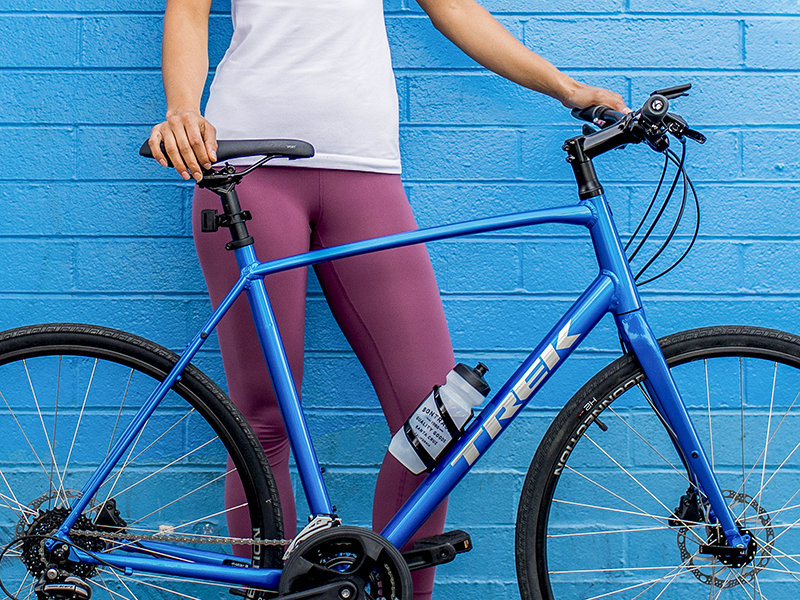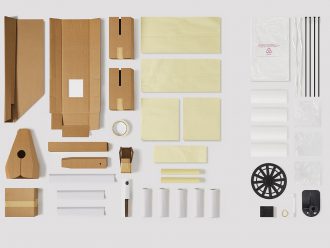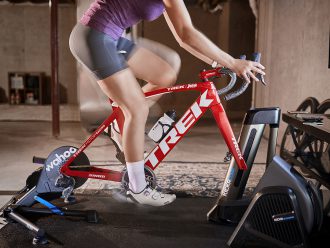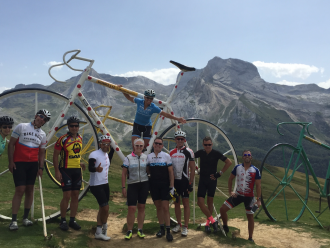When your saddle is set to the proper height you’ll reap the benefits of increased comfort, decreased knee pain, and more power in every pedal stroke. Our step-by-step video and instructions will walk you through everything you need to know to set your saddle height correctly.
What you’ll need:
A multitool or 4-5mm hex wrench and a solid wall. If you have a carbon bike, you’ll want to use a torque wrench instead of a regular hex wrench.
Set a starting point
The first step is to loosen the seatpost clamp so that you can raise or lower your saddle. If your clamp has a quick release lever, all you need to do is release the lever. If it’s secured by a bolt, use your multitool or wrench to loosen the clamp. As a starting point, raise the saddle to the height of your hip bone as you stand next to your bike. Take care not to raise the seatpost higher than the minimum insertion line that’s marked on the post itself. Then, tighten the seatpost clamp.
Find your fit
Stand next to a solid wall with your bike—you’ll use the wall to support yourself as you test the seat height. Next, stand over your bike and squeeze the brake. Put your hand on the wall for support, and hop on the saddle. Pedal backwards a few times, and stop when one leg is at the 6 o’clock position.
Now position the ball of your foot on the pedal, and straighten your leg. If you can’t fully straighten your leg, raise your saddle. If your knee is locked, but you’re still stretching to reach the pedal, lower your saddle. Hop off the bike to raise, lower, and make small adjustments.
You’ll know you have the right fit if you’re only able to touch your toes to the ground when you’re sitting on the saddle. If your feet are flat on the ground, your seat is too low. When you think you’ve found the right height for you, ensure the saddle is straight by lining up the saddle’s nose with the top tube, and tighten the clamp.
Go for a test ride
Taking your bike for a short ride is the best way to tell if you’ve got your saddle height set properly. Be sure to bring a multitool so you can make adjustments on the fly!
Here’s what to watch out for on your ride:
If you have knee pain or need to get out of the saddle often for more power, your saddle is likely too low.
If you’re rocking your hips back and forth in order to reach your pedals, you saddle is likely too high.
Finding the perfect saddle
Having your saddle at the proper height is critical for comfort, but if you notice soft tissue pain where your body meets your saddle, chances are your saddle is not the right fit for your anatomy. There are lots of different shapes, widths, and types of saddles available that can help alleviate discomfort.

About the Author: Trek
Our mission: we build only products we love, provide incredible hospitality to our customers, and change the world by getting more people on bikes.





